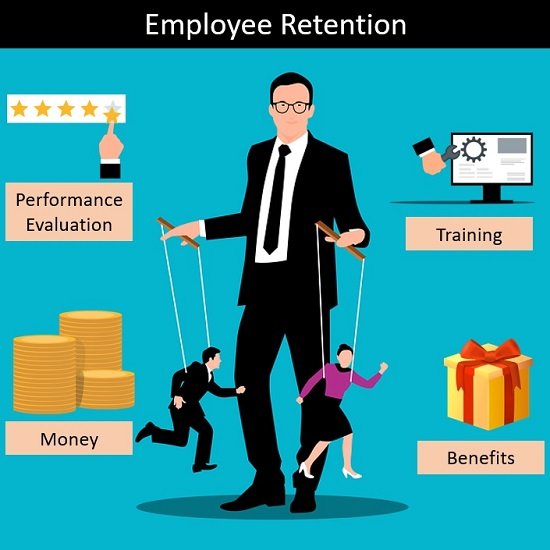In the dynamic landscape of business, the strategic retention of employees stands out as a pivotal factor contributing to long-term success. This article delves into the significant advantages that businesses, particularly in the banking sector, can reap by prioritizing employee retention. While the broader context is inspired by the blog "Integrating Technology in Performance Management: Tools and Trends," our focus here is on the tangible benefits of retaining skilled and committed workforce in the realm of business.
The Profound Benefits of Employee Retention:
1. Operational Efficiency Amplified:
Employees with long-term tenures bring invaluable institutional knowledge to the table. Their familiarity with operational nuances expedites processes and aligns seamlessly with the company's objectives.
2. Enhanced Productivity Across the Board:
Experienced employees, well-versed in their roles, are adept at completing tasks with efficiency. The onboarding of new hires, while essential, can introduce delays and errors. Therefore, retaining seasoned staff fosters a more productive and error-resistant work environment.
3. Elevated Morale and Team Spirit:
A positive employer-employee relationship is a catalyst for higher morale. When employees feel a sense of belonging, they are more likely to perform optimally, derive pleasure from their work, and contribute positively to team dynamics. Conversely, high turnover rates can erode morale, impacting overall team spirit.
4. Financial Savings through Retention:
The financial costs of hiring and training new employees are substantial. By retaining experienced staff, organizations curtail these expenses, resulting in significant savings that can be channeled back into the business.
5. Strengthened Customer Relationships:
Customer loyalty often thrives in environments where familiar faces are a constant. Businesses benefit from low turnover rates as they contribute to positive customer perceptions, fostering trust and continuity in relationships.
6. Enhanced Profitability and Return on Investment:
Research consistently establishes a direct link between higher revenues, improved employee experiences, higher morale, and reduced turnover. Organizations committed to employee engagement and retention invariably witness heightened profitability and return on investment.
Employee retention is not just a human resources strategy; it's a cornerstone for businesses aiming to thrive in today's competitive landscape. The benefits extend beyond financial considerations, creating a positive ripple effect that resonates throughout the entire organization.
References:
- Coff, R. W. (1997). Human Capital, Shared Expertise, and the Likelihood of Impasse in Corporate Acquisition Contests. Journal of Management, 23(2), 239–267.
- Cascio, W. F. (2006). The economic impact of employee behaviors on organizational performance. Handbook of Organizational Performance: Behavior Analysis and Management, 2, 471-492.
- Harter, J. K., Schmidt, F. L., & Hayes, T. L. (2002). Business-unit-level relationship between employee satisfaction, employee engagement, and business outcomes: A meta-analysis. Journal of Applied Psychology, 87(2), 268–279.
- Becker, B. E., & Huselid, M. A. (1998). High performance work systems and firm performance: A synthesis of research and managerial implications. Research in Personnel and Human Resources Management, 16, 53–101.
- Heskett, J. L., Jones, T. O., Loveman, G. W., Sasser, W. E., & Schlesinger, L. A. (1997). Putting the service-profit chain to work. Harvard Business Review, 72(2), 164-174.
- Rasmussen, T., Ulrich, D., & Purcell, J. (2011). Learning from practice: how HR analytics avoids being a management fad. Organizational Dynamics, 44(3), 236-242.
Additional Insights:
- Locke, E. A. (1976). The nature and causes of job satisfaction. In M. D. Dunnette (Ed.), Handbook of Industrial and Organizational Psychology (pp. 1297–1349). Chicago: Rand McNally.
- Meyer, J. P., & Allen, N. J. (1991). A three-component conceptualization of organizational commitment. Human Resource Management Review, 1(1), 61-89. [Link](https://www.sciencedirect.com/science/article/abs/pii/105348229190019E)
- Saks, A. M., & Gruman, J. A. (2014). What do we really know about employee engagement? Human Resource Development Quarterly, 25(2), 155–182. [Link](https://onlinelibrary.wiley.com/doi/abs/10.1002/hrdq.21187)

Comments
Post a Comment